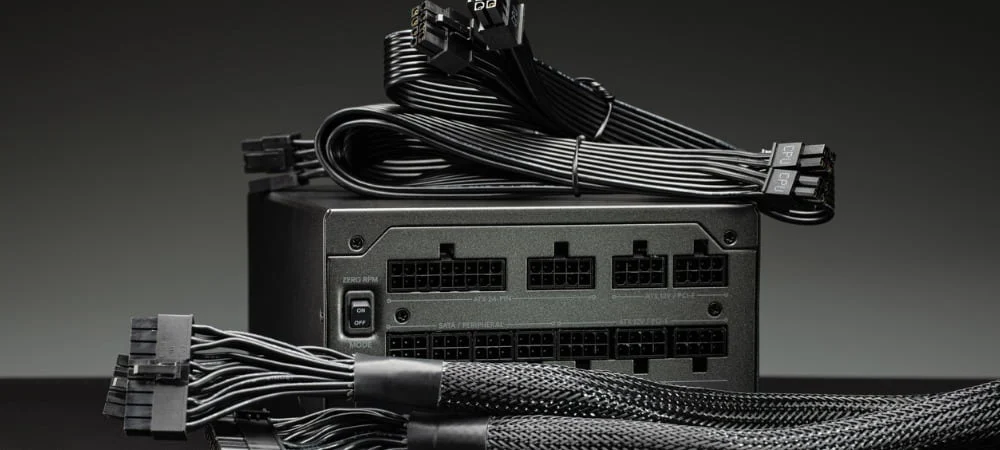In summary, the power supply is a critical component of any computer system as it ensures that all other features receive the power they need to function reliably. Choosing an adequately sized and reliable power supply is essential to maintain system stability and prevent potential damage to your hardware.
Are you interested in knowing How can I diagnose a malfunctioning power supply unit? Let’s go to uncover the diagnosis of a malfunctioning power supply unit. So, join me; there will be a discussion PSU.
Power supplies are critical to any computer system as they ensure that all other components have the power to operate reliably. Choosing a suitably sized and reliable power supply is essential to maintain system stability and prevent potential damage to your hardware.
Why does PSU malfunction?
This could be due to power surges, unstable voltages, moisture build-up, or extreme temperatures. Another primary reason for PSU failure is that the warranty has expired or the PSU is nearing the end of its life cycle. Humidity corrodes electronics and eventually leads to loss. Other user-environmental failure modes include overvoltages and transients well beyond ratings and many IEC standards, which typically damage the power front-end semiconductor components. Most power supplies on the market are actively cooled and have fans. The fan may be defective if you hear a scraping or metal-on-metal squeak from the power supply. If the PSU fan isn’t spinning (if you don’t have a quality PSU with an on-demand variable speed fan), that’s also a bad sign.
How do I fix my PSU Failure?
The system does not power on:
- Plug the power cord of the power adapter into a working electrical outlet.
- Replace the PSU power cable with a known suitable line. Make sure the power cable and internal power supply are securely connected.
- Check the power supply for damage from overheating or excessive wear.
A defective power supply can damage the motherboard. If the power supply can’t convert AC power to DC power, overvoltage can occur and damage the motherboard. In addition, damage can occur if the power supply cannot provide enough power for all components.
How Can I Diagnose a PSU?
Random program crashes, system crashes, and blue screens are all symptoms of your computer not getting enough power. Like graphics degradation, system instability is typical when new hardware is added or existing components are refreshed. Whether you’re troubleshooting or testing a new power supply, you can rely on a multimeter to check your power supply safely and with minimal risk. The voltage on the pin should be connected to the ground pin to start the power supply, and the voltage on the hook should be checked to see if the required voltage is being supplied.
GPk Group
GPK Group provides managed IT and cyber security services to Melbourne-based companies. As your trusted technology partner, we provide expert IT consulting and IT support services that cover your entire technology footprint. We aim to simplify IT complexity across your products through retail, professional services, cloud technology, connectivity and security solutions. Ensuring you have the right advice and IT tools at the right time is critical to improving your business and gaining an edge in a competitive marketplace. Contact us today for managed IT services for your business in Melbourne.
Conclusion
To prevent a malfunctioning PSU, choose a reliable PSU from a reputable manufacturer, ensure proper cooling and ventilation of your computer case, avoid overloading your PSU, and install a surge protector or uninterruptible power supply (UPS). It is essential to use and protect against the use of power surges. Perform regular cleaning and maintenance.
